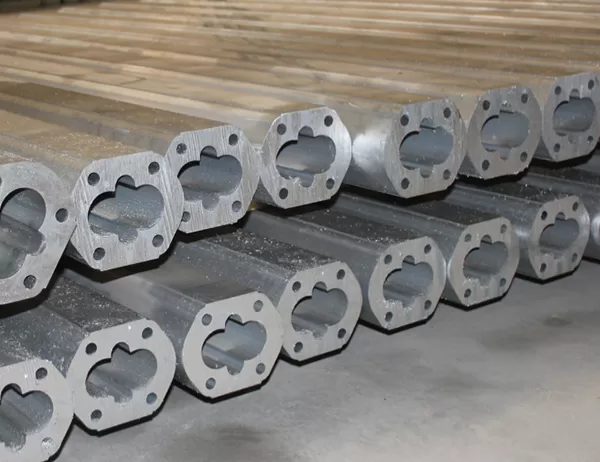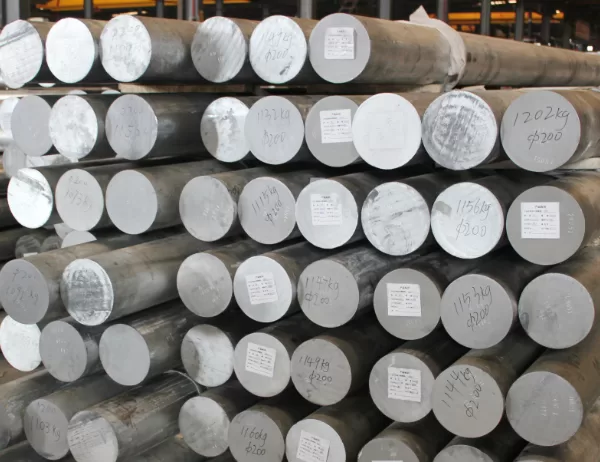Introduction
T6 aluminum tubes have become increasingly popular in various industries due to their exceptional strength and durability. However, understanding the differences between T6 and other commonly used alloys, such as T4 and T5, is crucial. This article provides a comprehensive comparison of T6 aluminum tubes with T4 and T5 alloys, highlighting their distinct characteristics and applications.
Temper Designations
The “T” designation in aluminum alloys refers to the temper, which indicates the type of heat treatment or work-hardening process applied to the material. T4, T5, and T6 represent different temper designations:
– T4: Solution heat-treated and naturally aged
– T5: Solution heat-treated and cold-worked
– T6: Solution heat-treated, cold-worked, and artificially aged
Strength
T6 aluminum tubes offer the highest strength among the three alloys due to the additional artificial aging process. The cold-working and artificial aging result in a fine, evenly distributed grain structure, which enhances the material’s tensile strength, yield strength, and hardness. T5 alloys also exhibit significant strength improvements compared to T4 alloys due to cold-working. However, T4 alloys remain the softest and most ductile.
Hardness
The artificial aging process in T6 alloys increases their hardness significantly. The cold-working in T5 alloys also contributes to increased hardness, but it is not as pronounced as in T6 alloys. T4 alloys have the lowest hardness among the three.
Corrosion Resistance
All three alloys have similar corrosion resistance properties. They form a protective oxide layer that shields the material from corrosion. However, proper surface treatment and maintenance are essential to ensure optimal corrosion resistance.
Workability
T4 alloys are the most workable among the three. Their soft and ductile nature allows for easy bending, forming, and welding. T5 alloys have moderate workability, while T6 alloys are the least workable due to their high strength and hardness.
Applications
T4 Aluminum Tubes: Used in applications where flexibility and workability are required, such as architectural trim, automotive panels, and heat exchangers.
T5 Aluminum Tubes: Suitable for applications that demand both strength and workability, such as structural components, vehicle frames, and aerospace parts.
T6 Aluminum Tubes: Ideal for high-stress applications requiring maximum strength and durability, such as aircraft components, precision machinery, and racing equipment.
Conclusion
Choosing the appropriate alloy for aluminum tubes depends on the specific application requirements. T6 aluminum tubes offer the highest strength and hardness, making them ideal for demanding applications. T5 alloys provide a balance of strength and workability, while T4 alloys excel in flexibility and ease of fabrication. Understanding the differences between these alloys enables engineers and manufacturers to optimize their designs and select the best materials for their intended purposes.




